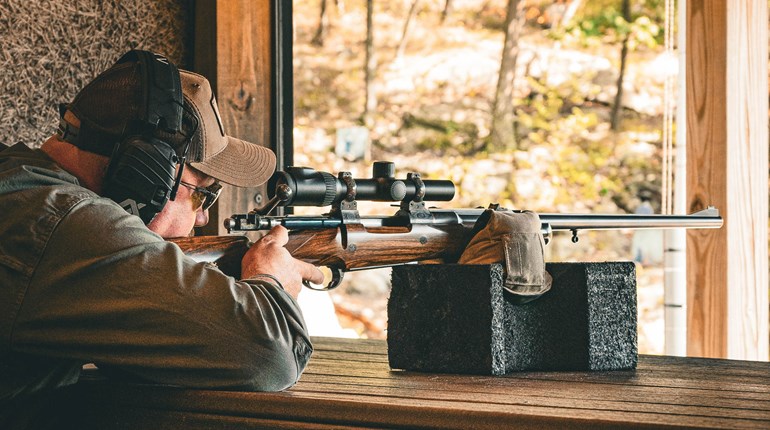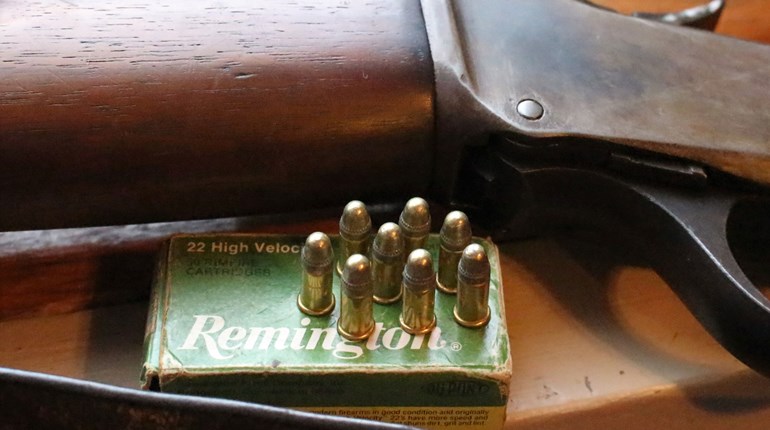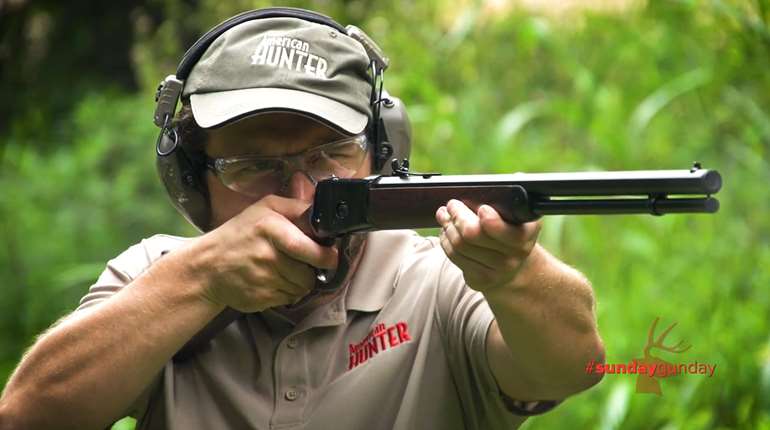
The medium velocity quarter-bores are an awful lot of fun to shoot, and are perfect for deer- and antelope-sized game. There are plenty of choices within this bore diameter, some fast and some slow, some old and some new, but the .257 Roberts and the .250-3000 Savage represent two of the earliest modern developments in .25 caliber. Let’s look at the differences and similarities between them.
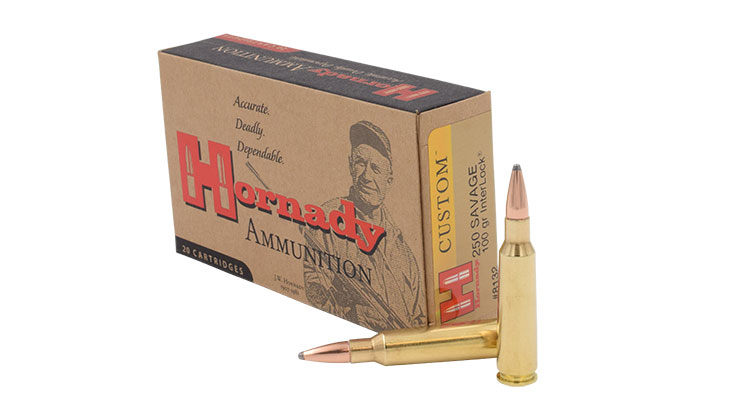
The .250-3000 Savage is the older of the two, being released in 1915 in the excellent Savage Model 99 lever-action rifle. Designed by Charles Newton, the little wonder was touted as the first cartridge to break the mystical 3000 fps muzzle velocity, using the light-for-caliber 87-grain bullet, and that figure was—for marketing purposes, one would assume—included in the name of the cartridge. Newton himself preferred the 100-grain load, at a muzzle velocity of 2800 fps; I would suppose in an effort to obtain a bit more sectional density. The .250-3000 was one of the cartridges that ushered in the speed race; within the next couple decades, cartridges like the .220 Swift, .270 Winchester and .300 H&H Magnum would appear on the scene.
The .250-3000 also serves as the parent case for the .300 Savage, as well as that darling of the varmint community, the .22-250 Remington. With a case length of 1.912 inches and an overall length of 2.515 inches, it worked very well in the quick-handling Model 99, and on deer and similar-sized game, it worked perfectly. It could also neatly handle woodchucks, coyotes and foxes; doing double-duty, and representing a good value to the hunter. However, Savage built the rifles with a 1:14” twist rate, limiting the bullet weights to the 87- and 100-grain pills, as the Peters Cartridge Co. loaded. This twist rate would be revised later to 1:10”, but initially it limited the cartridge. The cartridge name has morphed into the .250 Savage over the years, but under either name, the cartridge is the same.
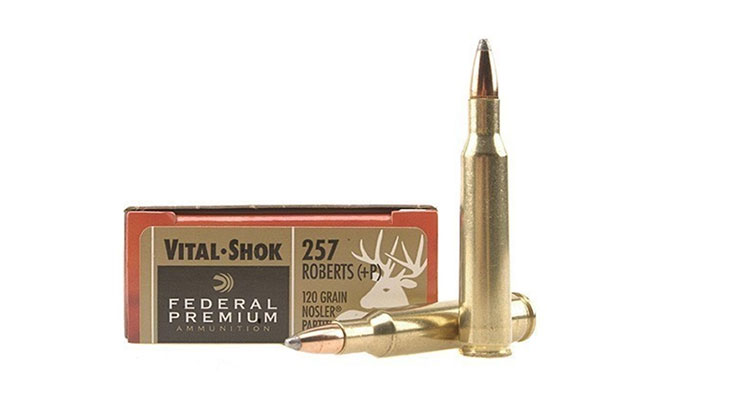
The .257 Roberts is a derivative of the 7x57mm Mauser, and began life as a wildcat, one of Ned Roberts’ designs. His brainchild was developed in the 1920s, but Remington slightly modified the case and legitimized the cartridge in 1934, honoring Mr. Roberts by attaching his name to their new offering. Built around the 117-grain round-nose bullet at 2650 fps, and the same 57mm (2.233-inch) case length as its father, the .257 Roberts was a low-pressure round (in deference to the multitude of relatively weak actions that may be used for the cartridge) that didn’t really show a huge advantage over the .250-3000 Savage.
However, in the hands of the handloaders, the Robert’s case showed all sorts of potential, especially with the 117- and 120-grain bullets. The case is simply the 7x57mm Mauser necked down to hold .257-inch bullets, maintaining the same shoulder angle as its parent, and the 1:10” twist rate allows the heavier bullets to be used. It is easy on the shoulder, and very effective for animals up to the size of deer and black bear. The “Bob” received an update in the late 1980s, with a +P designation that increased velocities to 2760 fps with the 117-grain bullets, and modern loads like Hornady’s Superformance will drive them as fast as 2945 fps, making the .257 Roberts +P one serious load.
Both of these cartridges have, unfortunately, fallen by the wayside. They’ve had serious competition from the .25-06 Remington, .243 Winchester and 6mm Remington, not to mention the recent infatuation with the 6.5mm cartridges. I have a soft spot for the obscure cartridges though, and I’ve got a good number of friends who shoot both of these cartridges regularly. They are both wonderfully nostalgic, and they each have their ‘cool’ factor. Both are very effective as a deer round, and both have been chambered in modern rifles, namely the Ruger Model 77 and the Ruger No. 1 single-shot.
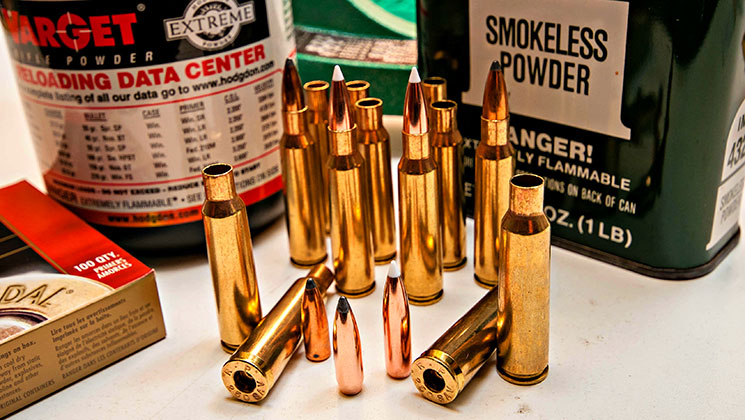
So which serves the hunter best? Well, we’ll have to remove the ‘cool’ factor, as that becomes a personal choice thing. If you’re a handloader, either cartridge can be loaded easily, as cases are available for both cartridges, as well as a fantastic selection of component bullets. Both cartridges are easy to load for, and there is great data for both of them. As far as factory ammunition goes, the definite edge goes to the .257 Roberts, as there are more choices than there are for the .250-3000. Federal, Hornady, Norma and Nosler all offer loaded ammunition (and much of it in the +P configuration), whereas I can find only loads from Hornady and Remington for the .250-3000 Savage, without looking to the boutique shops. If it’s a factory-only situation, I’d say look to the .257 Roberts.
Regarding performance, I feel that as good as the .250-3000 is, the .257 Roberts offers a stepped-up level of both trajectory and terminal performance. Pushing a 117- or 120-grain bullet to 2700 fps or more makes for a great load for deer and antelope that is really easy on the shoulder and allows for not only accurate shot placement, but a pleasurable shooting experience. The combination of the Savage Model 99 and the .250-3000 is an undeniable classic that has sent a lot of deer to the Great Alfalfa Lot in the Sky, but the rifle is long discontinued. The .257 was designed to run in a bolt gun, and any receiver that was designed for the 7x57mm Mauser will handle the .257 Roberts perfectly.
While there are certainly faster .25s—like the .25-06 Remington and .257 Weatherby Magnum—the .257 Roberts is one of those sweet-shooting, yet effective cartridges that can handle appropriate game species out to sane hunting ranges.
Looking for previous installments of our "Head to Head" series? Click here.













